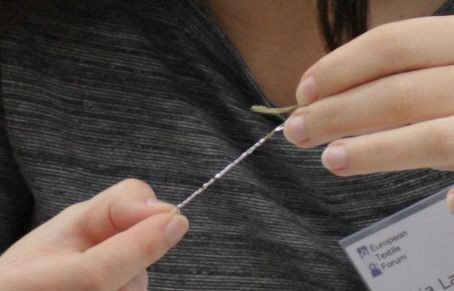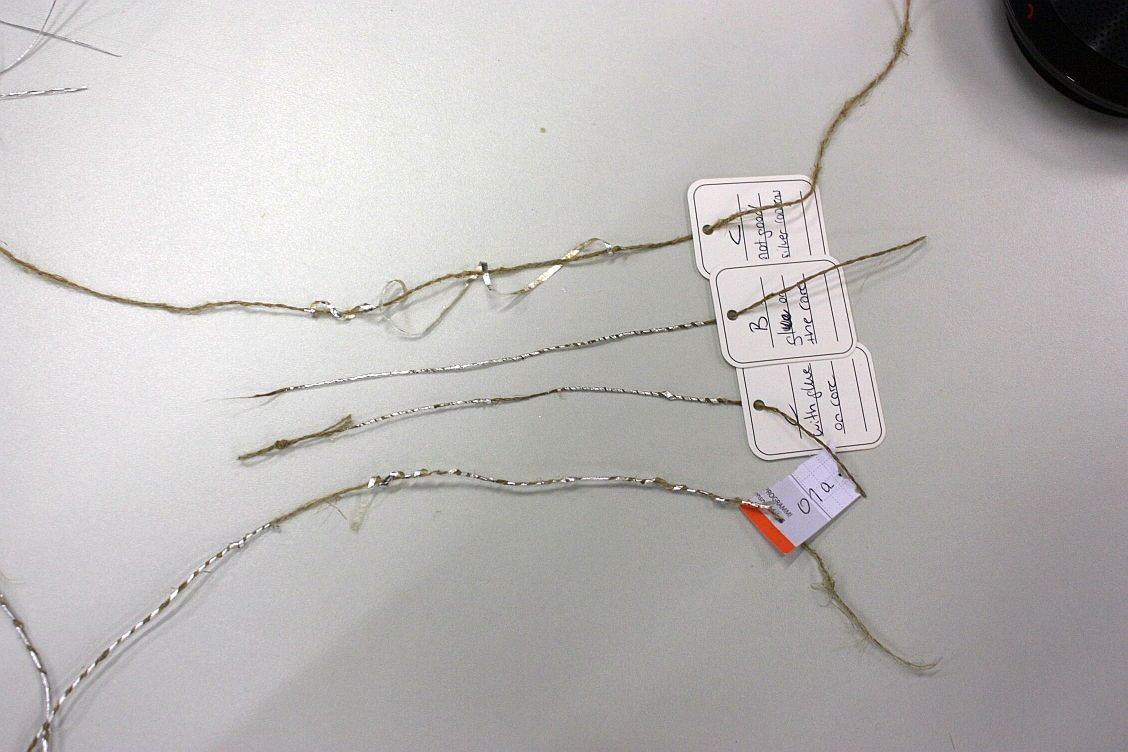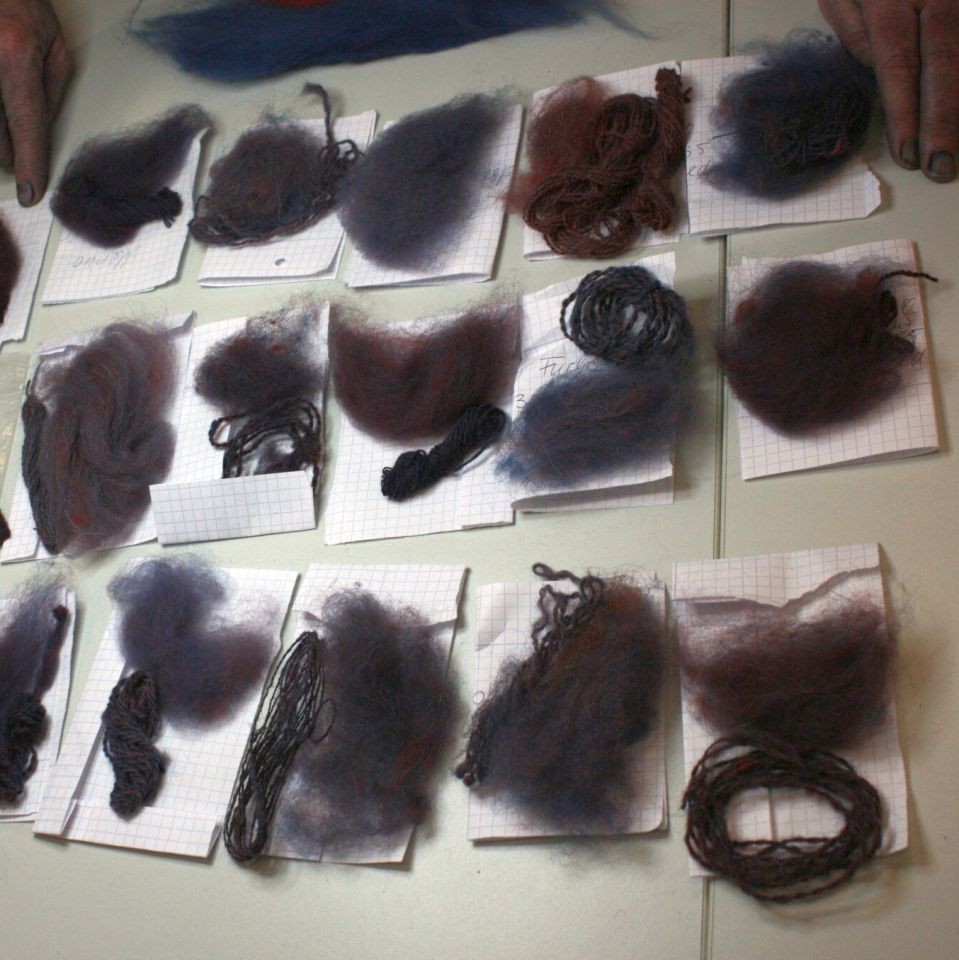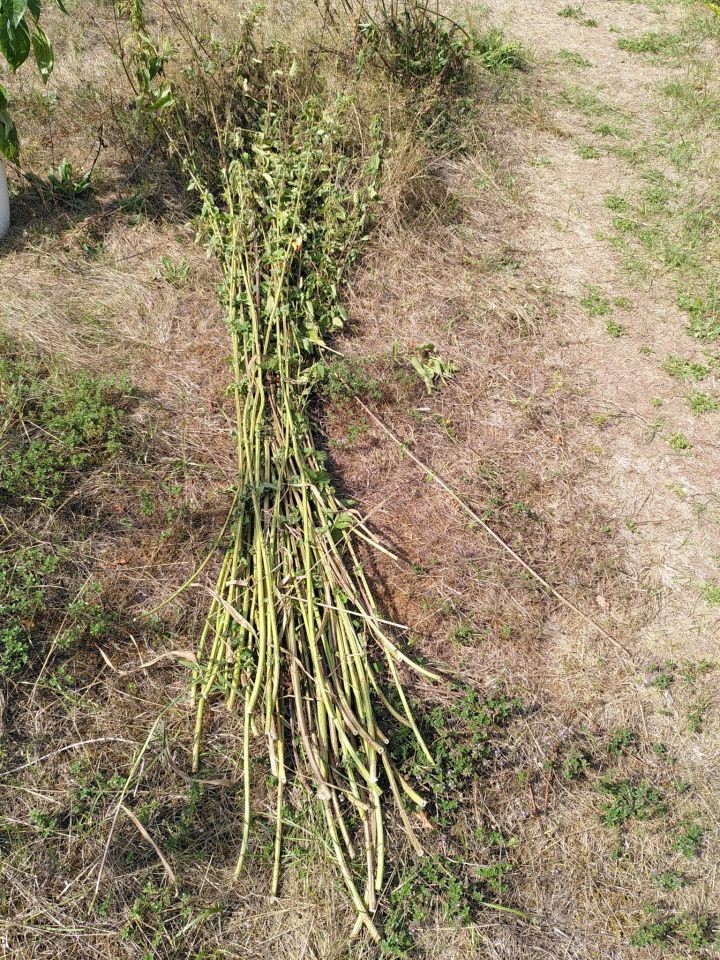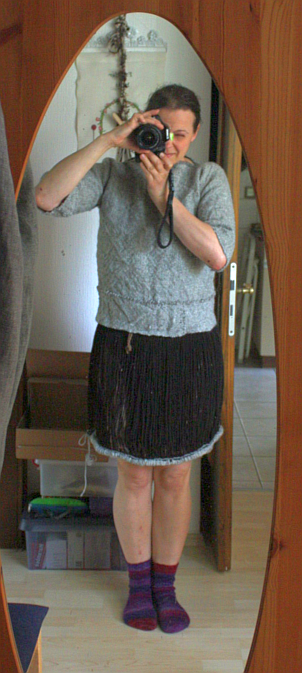And we go on with the series of CfPs - this time, it's sort of on my own behalf:
I am very happy to announce that the Call for Papers for the European Textile Forum 2023 is now open!
We will look into "Dimensions of Dyeing: Colours, Mordants, Processes."
The European Textile Forum in 2023 will take place in Mayen, Germany, in the Laboratory for Experimental Archaeology (part of the Leibniz Research Institute for Archaeology), November 6 to November 12. It is a small conference which aims to explore archaeological and historical textiles in both theory and practice. For this, we combine paper presentations and workshops or practical sessions on the paper's topic. These practical parts are either led by the presenter, for instance to teach a reconstructed method or technique and have the rest of the participants try it, or they can take more of a "community brainstorming" form, if the method is not yet known. With this combination, we also want to connect practical specialists and theoretical specialists.
This year it is time to look at colours and dyeing. Colours played an important part in historical textiles. Bright colours did not only show off wealth, they could also have symbolic meanings. Dyeing processes can range from very simple, with little knowledge and effort needed, to very complex, just as the dyestuff can be very cheap - such as leaves or walnut husks - to extremely expensive, such as Murex snails for true purple. At the Forum in 2023, we want to look at the many dimensions of dyes, dyeing processes, and the use of colour in textiles - including special cases such as the re-use of coloured textiles to make painting pigments, or the use of paints to colour textiles. Mordants and their role in dyeing should, of course, not be forgotten.
We'd like to invite you to do a presentation or workshop, or both, to explore the different procedures, tools, and materials related to mordanting and dyeing or otherwise colouring textiles. Work space outside and inside is available, so it will be possible to dye on open fire, or indoor using heating plates or similar equipment. Presentations can be between 15 and 45 minutes, with workshop time or time for practical exploration afterwards as necessary.
For more information, take a look at the full Call for Papers on our website. Registration for the conference is also open now, and you can find the registration form here.
Please do also pass this Call for Papers on to others who might be interested - thank you!




